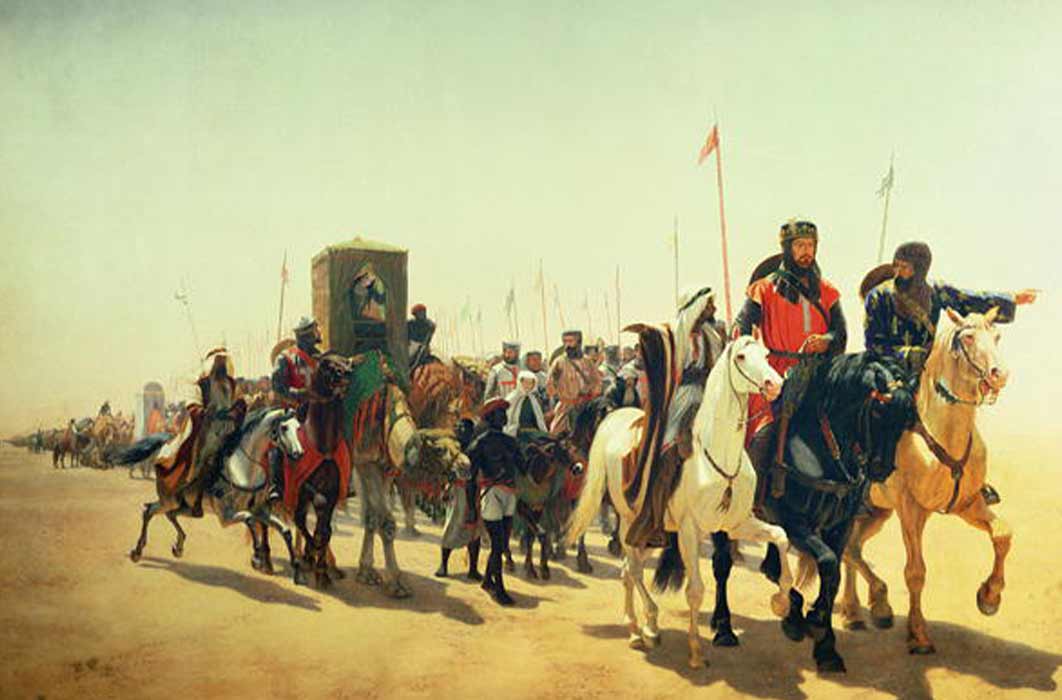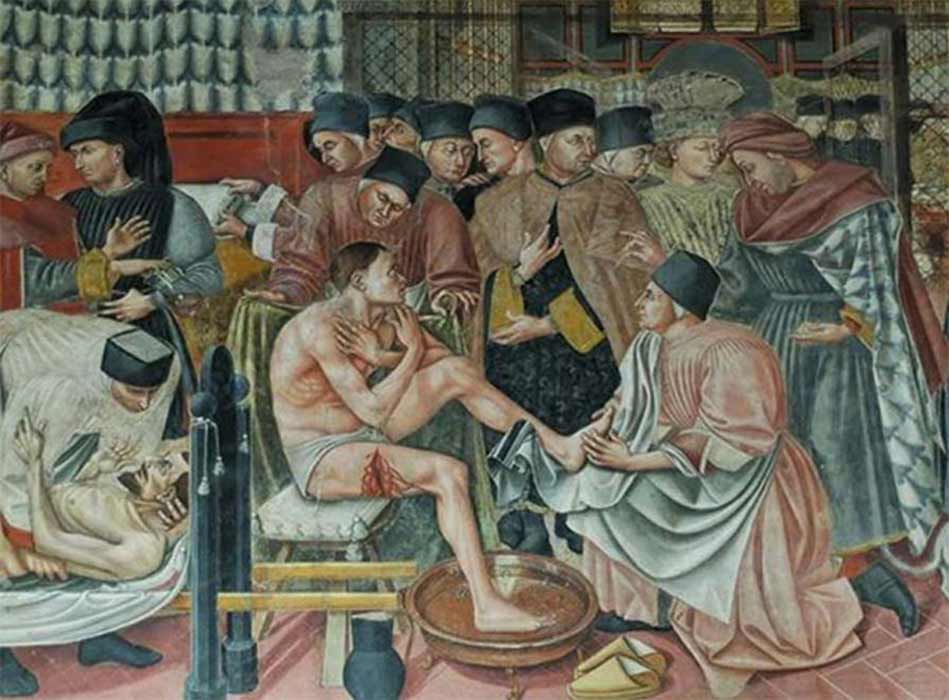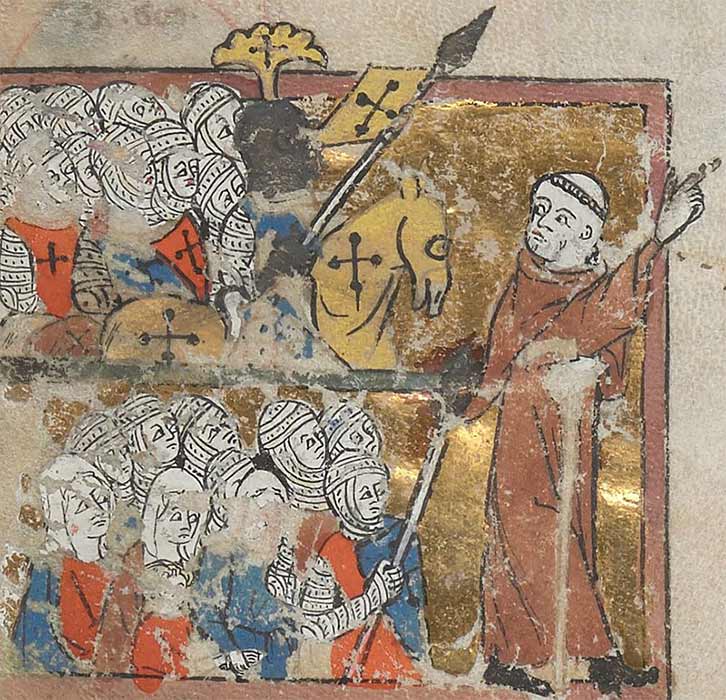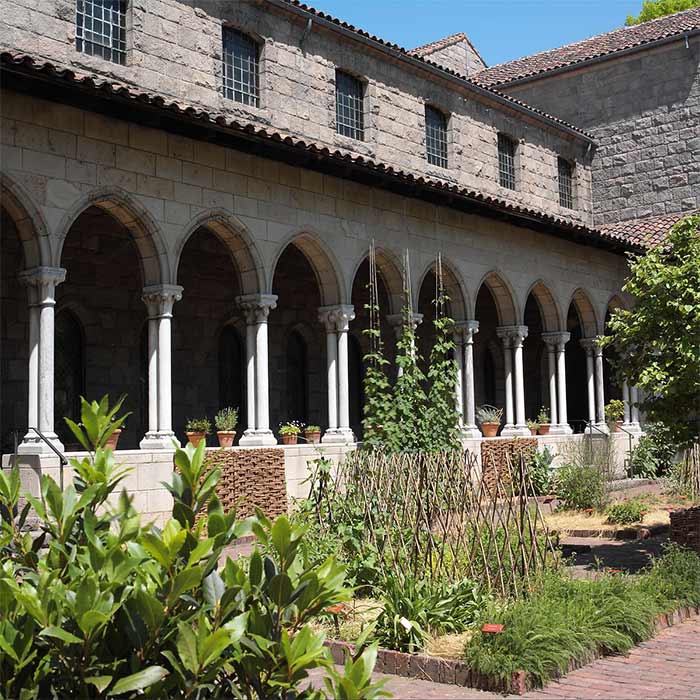
Medieval Mediciners, Administering Miraculous Cures During The Crusades
History fails to record the names of any of the mediciners who accompanied the chivalric orders on their Crusade, but when each of the noblemen of western Europe pledged their oath to take up the cross and follow their king to the Holy Land, they were bound by their allegiance to the crown to provide an agreed number of men-at-arms to fight at their side. As well, they were obliged to take with them sufficient mediciners to care for their men, who were often accompanied by their wives and children, together with a good number of peasants and serfs seeking their fortune in foreign lands. These mediciners were further required, should the need arise, to attend to not only the fighting men of the remainder of the Crusader army but also the medical need of the enemy and whatever civilians might be caught up in the conflict.

Healing the sick, fresco by Domenico di Bartolo. Sala del Pellegrinaio (hall of the pilgrim), Hospital Santa Maria della Scala, Siena. ( Public Domain )
The Crusading mediciners were divided into two groups, those of physicians and surgeons, and it was suggested that each would be accompanied by a number of assistants and nursing staff, usually made up of volunteer nuns and the wives and daughters of the mediciners themselves.
Monastic Healers And Their God-Forbidding Dilemma
At the time of the First Crusade there were no formally trained and qualified medical practitioners, and medical care for the noble families and serfs alike would have been provided by local wisewomen, barber-surgeons, and the brothers at the nearest monastery. The nearest comparison to the modern-day physician would have been the brother herbalist practicing at one of the many Catholic monasteries that had become a prominent feature of the English landscape. There was no formal academic training available, and subsequently no universal body of medical knowledge or ethics to be adhered to. The monastic brothers would have acquired their healing knowledge from their co-brethren, from the local folk healers they often worked with, and by trial and error, frequently at the cost of their patient's well-being.

Peter the Hermit, leading the Pope’s or First Crusade. Mminiature from Egerton Manuscript 1500, France (c. 1325) (Public Domain)
At the time of the call to arms for the First Crusade, western Europe was in the depths of the Dark Ages, a time of complete stagnation for learning, the arts, and scientific advancement. This period was particularly damaging to any medical advancement, and nothing had changed in the realm of medical practice for hundreds of years. The brother mediciners found themselves in a singularly difficult position, faced as they were by conflicting moral principles: They knew their herbal remedies benefited those who used them, and their simple medical care often saved the lives of their patients; but on the other hand, the prevailing religious doctrine of the age told them that every life was God's to give and take at his will, and it was a sin to interfere in any way with God's intention. Furthermore, all illness and disease were inflicted by God as punishment for man's sins, and it was not man's place to interfere with God's just punishment; any such interference would be at the cost of the healer's eternal soul. Some illnesses were seen as being inflicted by the devil, either directly or via one or another of his earthly servants, such as elf-shot or elf-arrows. But even these “devil-inflicted" ailments were to be cured only by the invocation of God's mercy through prayer and incantations. No medicinal intervention would be tolerated.

Late 13th–14th century French Cloister garden, the layout of the cloister garden approximates that of a medieval herb garden, with raised beds bordered by bricks and wattle fences. Metropolitan Museum of Art (Public Domain)




